These exotic weapons were used by the Navy SEALs in Vietnam
- By Travis Pike
Share This Article
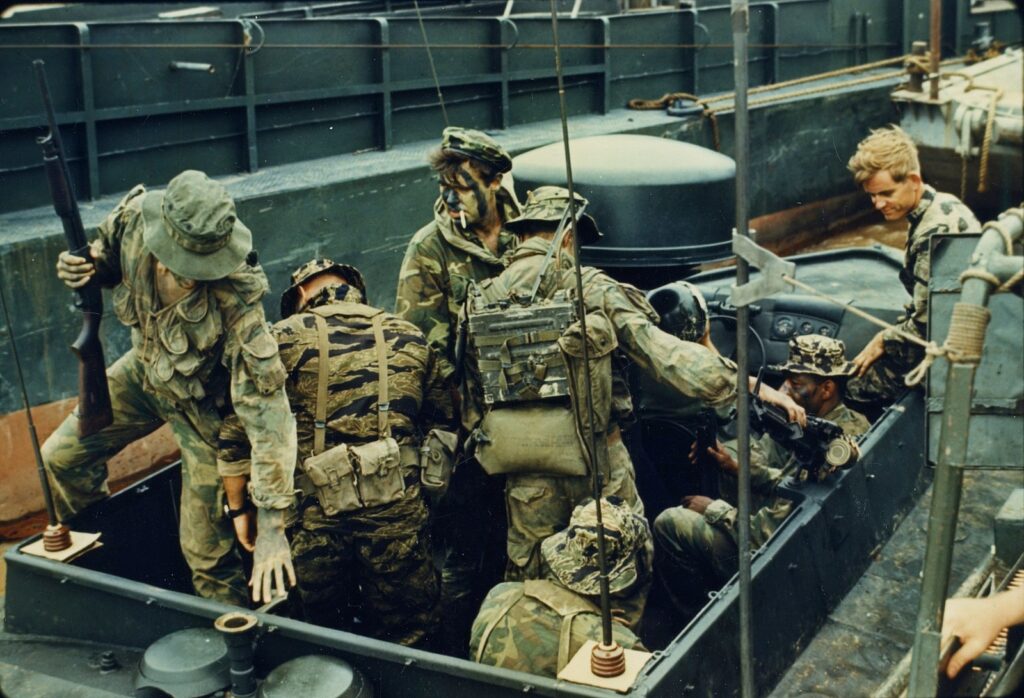
The first large contingent of American forces landed in Vietnam in 1965. By then, the Navy SEALs were only three years old. However, a few years later they’d be creating a fearsome and impressive reputation in Vietnam carrying the most high-tech, capable, and exotic weapons the United States could offer.
Vietnam, like most wars, was a giant testing ground of weaponry, including small arms. Let’s look at those exotic, rare, and sometimes odd weapons of the Navy SEALs.
Remington 7188
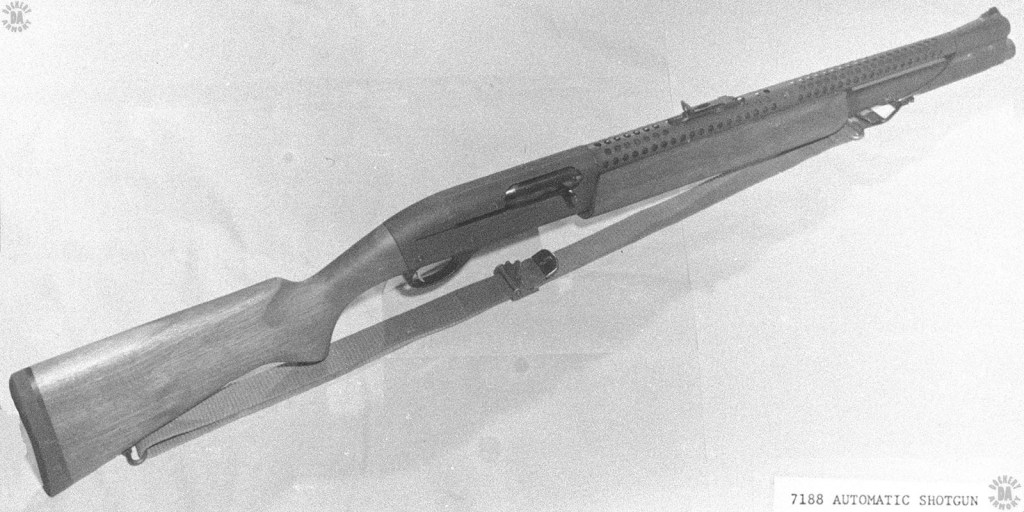
Shotguns experienced a slight resurgence in Vietnam. A lot of the fighting took place in thick jungles, where it’s difficult to aim, at close range. Shotguns allowed you to increase your hit potential and lethality at close range without needing to fine-tune your aiming.
At first, the SEALs primarily used the Remington 870 and Ithaca 37. However, they wanted more firepower and wanted it dispersed quicker than a pump action could offer. So they converted Remington Model 1100s to select fire by incorporating a switch that turned them from semi- to full-auto. The magazine tube held eight buckshot rounds and could be emptied in less than a second.
The SEALs used either a nine-pellet buckshot or a 27-pellet No. 4 buckshot load and could quickly put a ton of lead in the air. Admittedly, it wouldn’t be great for a sustained firefight, but in theory, you’d be filling the air with buckshot pellets to shut down an attacker quickly. The problem was that recoil was excessive and made the weapons difficult to control. So, most of the guns were ultimately converted to semi-auto and designated the 7180.
Mk 22 Mod 0
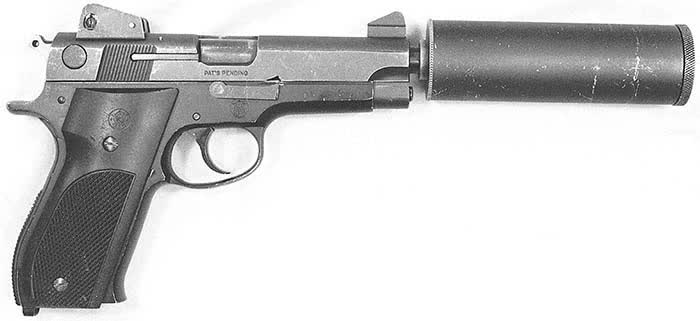
The SEALs needed a quiet weapon to dispatch sentries and guard dogs without raising an alarm. This led to the creation of the Mk 22 Mod 0, nicknamed the Hush Puppy. The pistol came with an extended threaded barrel, raised sights, a Mark 3 suppressor, and subsonic ammo. Additionally, the weapon’s slide could be locked or closed to avoid hearing the noise of the slide slamming back and forth.
The Mk 22 Mod 0 became incredibly successful with the SEAL Teams and satisfied their needs. It was an extremely modern and very capable handgun for the era and remained in the armory for years after the Vietnam War.
Related: This is why the Colt M1903 was the pistol of choice of the OSS
The extremely modular Stoner 63
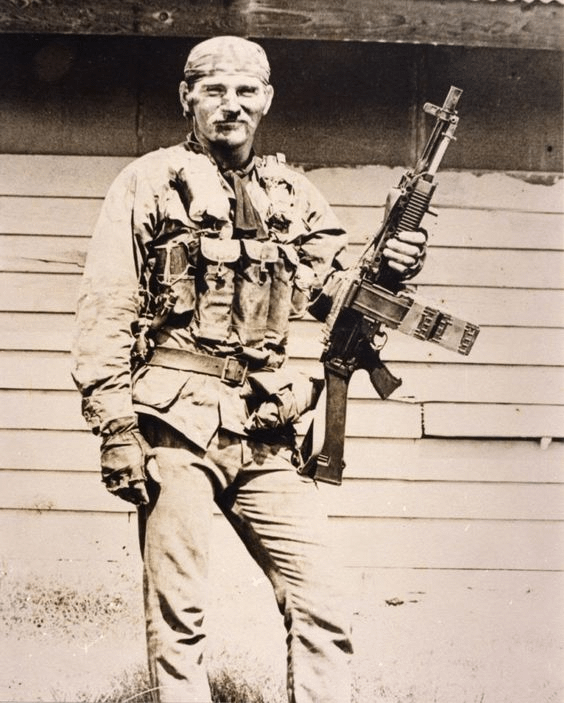
The Stoner 63 was an extremely modular weapon that could be converted into tons of different variations: it could be a rifle or carbine, but also several variations of a belt-fed machine gun, an automatic rifle, and more.
The Army and Marine Corps tested the weapon and found it to be too maintenance-heavy for general infantry troops. SEALs tried it, and while they didn’t embrace every gun variant, the belt-fed 5.56 caliber light machine gun variant quickly became one of their favorite weapons. It formed one of the earliest lightweight, intermediate-caliber machine guns.
The Stoner 63 light machine gun created a new standard for light machine guns and the SEALs carried it well after the Vietnam War. The weapon helped usher in the era of the light machine gun and the M249 SAW.
H&R T223 rifle
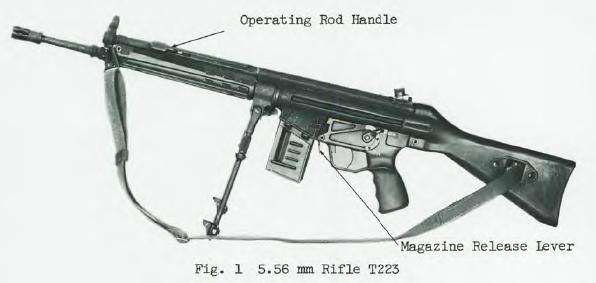
In the 1960s, the United States military experimented with a variety of weapons to find a replacement for the M4. One of these weapons was the T223 – a clone of the HK 33 rifle – which was produced by H&R under license from HK. The T223 featured a few features the HK 33 lacked like a last-round bolt hold open and an integral bipod.
Famed Navy SEAL Rudy Boesch carried the weapon while in Vietnam. He had some affinity for it, especially for the 40-round magazines. He even converted a Chicom AK chest rig to work with his 40-rounders and carried the weapon in combat.
Eventually, the M16 became a more refined and reliable weapon and 30-round magazines became common. The H&R T223 rifles were taken from the armory, and surviving examples exist only in museums.
Related: This is why the iconic M16 rifle has served for so long
China Lake grenade launcher
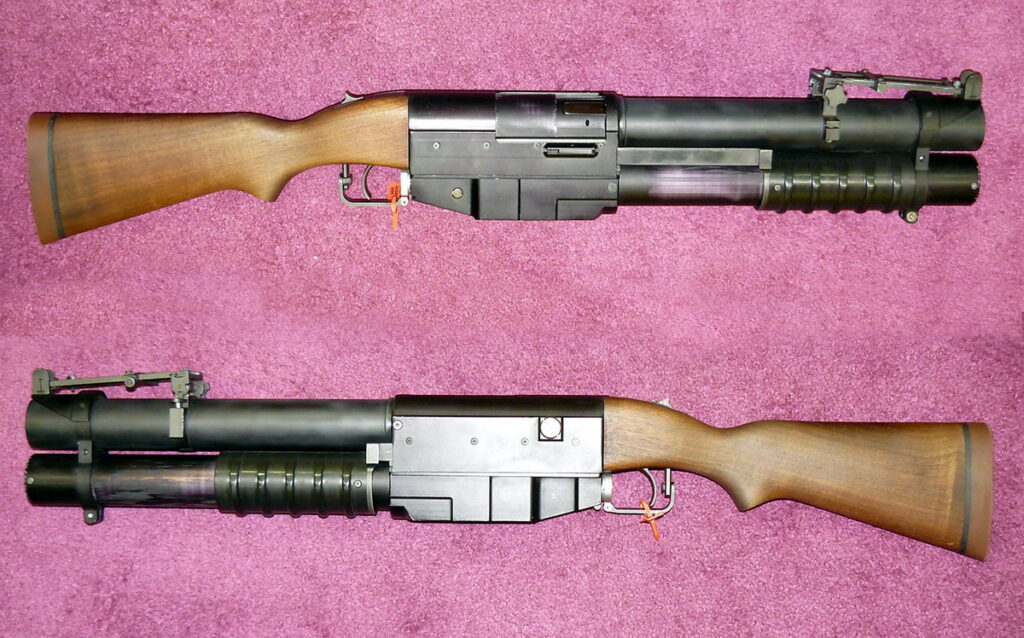
Grenade launchers were a new weapon in Vietnam with the two main options being the M-79 and the underbarrel XM148. While both worked and were liked, SEALs wanted more firepower.
So, Naval Air Weapons Station China Lake produced the China Lake grenade launcher in 1967 in response. The weapon worked like an oversized shotgun. A tubular magazine held three rounds with a fourth in the tube. The user could fire, pump, and fire again rapidly. Supposedly, a skilled grenadier could empty the weapon before the first round had hit the target.
There is a lot of disagreement on how many were made: estimates range from 16 to 50. It is known that SEALs carried some, and the Navy had at least 222 on record. As of this writing, 13 are confirmed to still exist. SEAL Team 1 tested the weapon and liked it. However, the weapon had issues using anything with high explosive rounds and was a bit fragile. Work stopped when the XM203 proved to be a more reasonable option.
Vietnam was an unconventional war, and the SEALs were an unconventional force so they also carried unique weapons. These elite Sailors were often the lab mice in small arms weapons testing and helped influence generations of future weapons that are still in use today.
Feature Image: Navy SEAL team boards a Light SEAL Support Craft, April 1968. (National Archives)
Read more from Sandboxx News
- Wonder-weapons of World War 2: The German viper and the American goblin
- Investigation into ‘preventable’ drowning deaths of two Navy SEALs sure to bring changes
- German commandos get an extremely progressive new handgun
- The night when police and Delta Force men patrolled the streets of New Orleans
- These hardcore Air Force crews fly into the walls of deadly hurricanes
Related Posts
Sandboxx News Merch
-

A-10 ‘Thunderbolt Power’ Framed Poster
$45.00 – $111.00 Select options This product has multiple variants. The options may be chosen on the product page -

‘Kinetic Diplomacy’ Coaster (1)
$7.00 Add to cart -

‘Sandboxx News’ Camo Trucker Hat
$29.00 Select options This product has multiple variants. The options may be chosen on the product page

Travis Pike
Travis Pike is a former Marine Machine gunner who served with 2nd Bn 2nd Marines for 5 years. He deployed in 2009 to Afghanistan and again in 2011 with the 22nd MEU(SOC) during a record-setting 11 months at sea. He’s trained with the Romanian Army, the Spanish Marines, the Emirate Marines, and the Afghan National Army. He serves as an NRA certified pistol instructor and teaches concealed carry classes.
Related to: Gear & Tech, Special Operations

What does a Marine veteran think of Netflix’s ‘Rebel Ridge’?
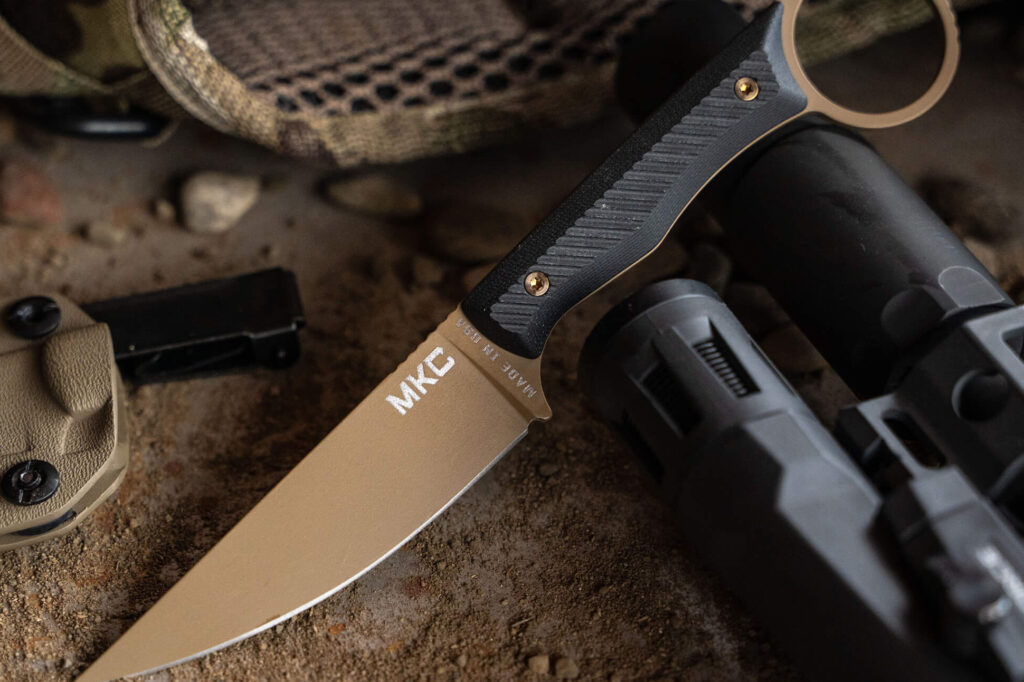
Montana Knife Company enters the tactical knife realm
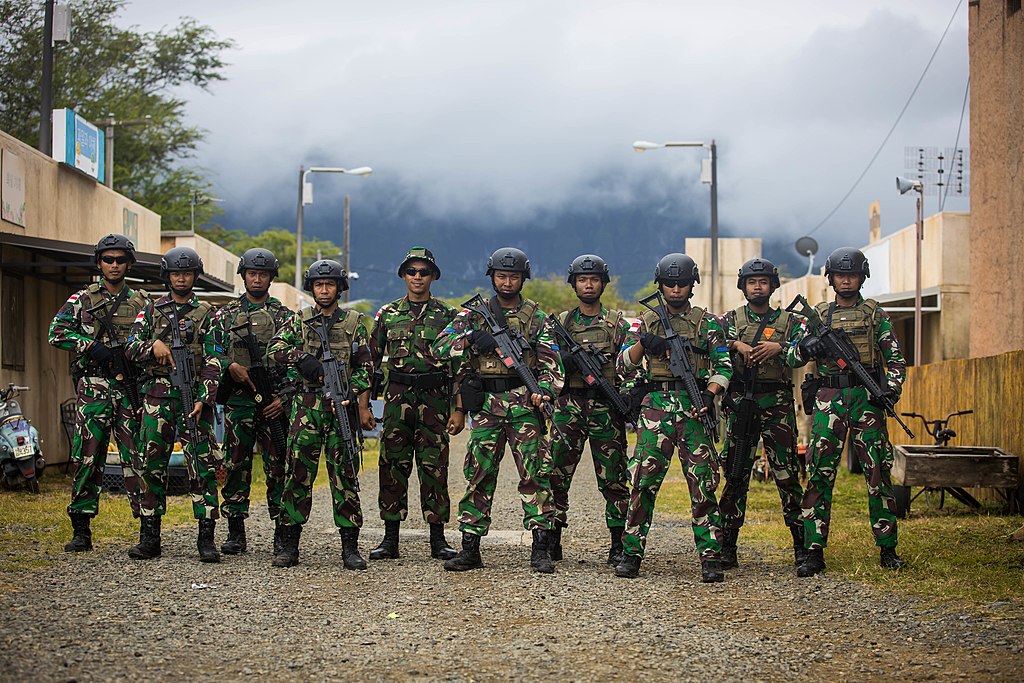
Indonesia’s Pindad SS2 – Service rifles from around the world

Semper Fi: The Marine Corps is turning 249 years old. Let’s talk about its birthday celebrations
Sandboxx News
-

‘Sandboxx News’ Trucker Cap
$27.00 Select options This product has multiple variants. The options may be chosen on the product page -

‘AirPower’ Classic Hoodie
$46.00 – $48.00 Select options This product has multiple variants. The options may be chosen on the product page -

‘AirPower’ Golf Rope Hat
$31.00 Select options This product has multiple variants. The options may be chosen on the product page -

‘Sandboxx News’ Dad Hat
$27.00 Select options This product has multiple variants. The options may be chosen on the product page
